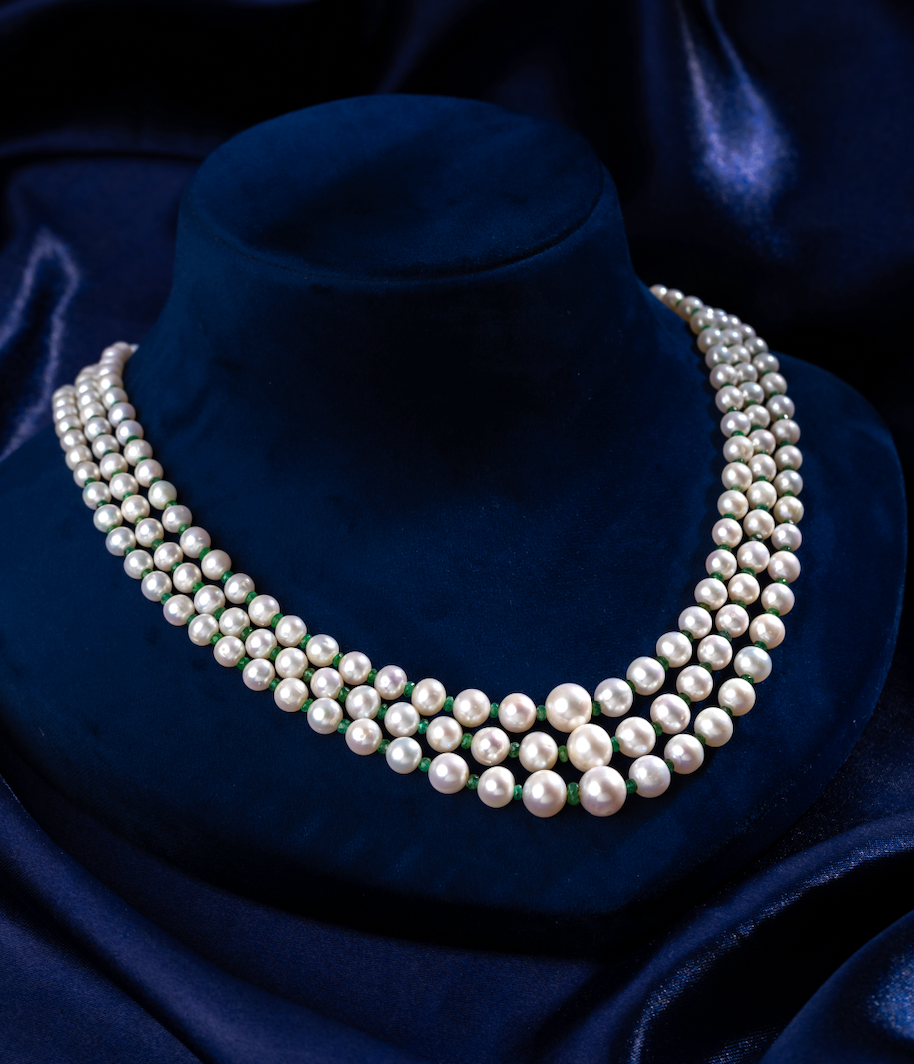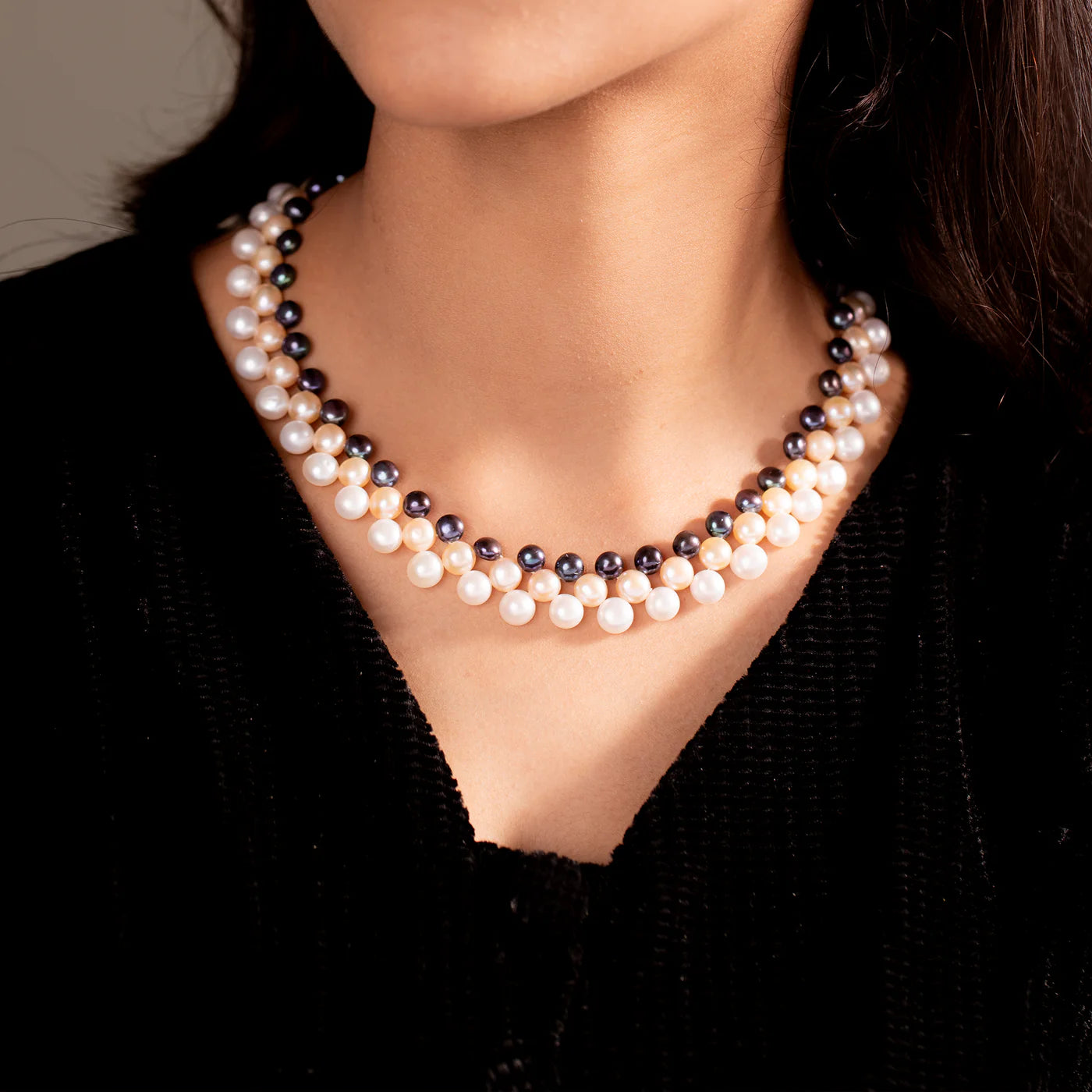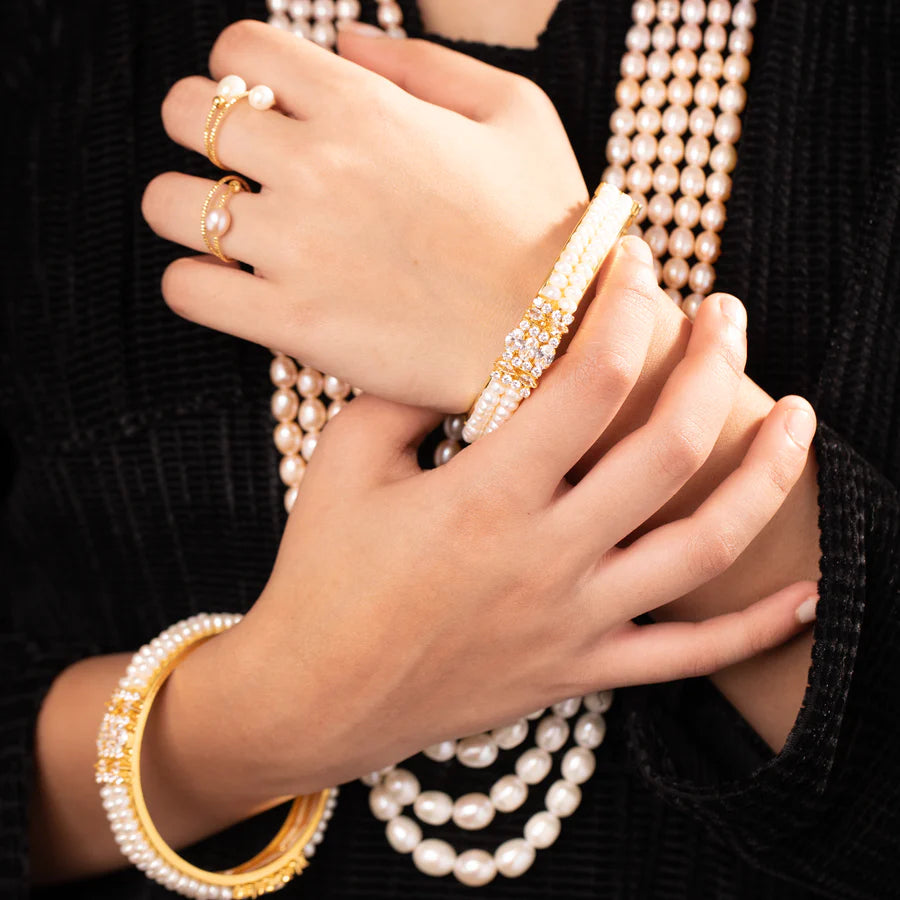Introduction: Pearls have captivated humanity for centuries, symbolizing purity, elegance, and wealth. Their origins are as fascinating as the gems themselves, with a rich history and a natural creation process that spans the globe.
- Natural Formation of Pearls: Pearls are formed inside mollusks, primarily oysters, as a defense mechanism against irritants. When a foreign particle enters the mollusk, it secretes layers of nacre (a combination of aragonite and conchiolin) around the intruder. Over time, these layers build up to form a pearl. The process can take several years, with the quality and appearance of the pearl depending on factors like water quality, mollusk species, and the length of time the pearl has been developing.
- The Cultural and Geographical Origins:
- Asia: The tradition of pearl harvesting is ancient, particularly in countries like Japan and China. Akoya pearls, cultivated in the waters of Japan, are renowned for their perfect round shape and lustrous quality. In China, freshwater pearls have been cultivated for over 4,000 years, offering a wide range of shapes and colors.
- Polynesia: The black pearls of Tahiti are unique to the warm waters of French Polynesia. These pearls, known for their dark and exotic hues, are among the rarest and most sought-after.
- Australia and Southeast Asia: The South Sea pearls, harvested in the coastal waters of Australia, Indonesia, and the Philippines, are famous for their large size and luxurious golden or white tones. The pristine environment of these regions contributes to the exceptional quality of these pearls.
- The Evolution of Pearl Cultivation: The art of pearl cultivation, or pearl farming, revolutionized the industry in the early 20th century. Mikimoto Kokichi, a Japanese entrepreneur, is credited with perfecting the technique of culturing pearls, which involves introducing a small bead or piece of tissue into the mollusk to initiate pearl formation. This innovation made pearls more accessible while maintaining their beauty and value.
- The Timeless Appeal of Pearls: Pearls have transcended time, geography, and culture to become a universal symbol of elegance. From ancient royalty to modern-day fashion icons, pearls have adorned those who appreciate their natural beauty and timeless charm.
Conclusion: Understanding the origins of pearls adds depth to their allure. Whether they come from the pristine waters of Japan, the exotic lagoons of Tahiti, or the rich seas of Australia, each pearl carries a story of nature's artistry and cultural significance. When you wear pearls, you are not just wearing jewelry; you are embracing a piece of history and the beauty of the natural world.







